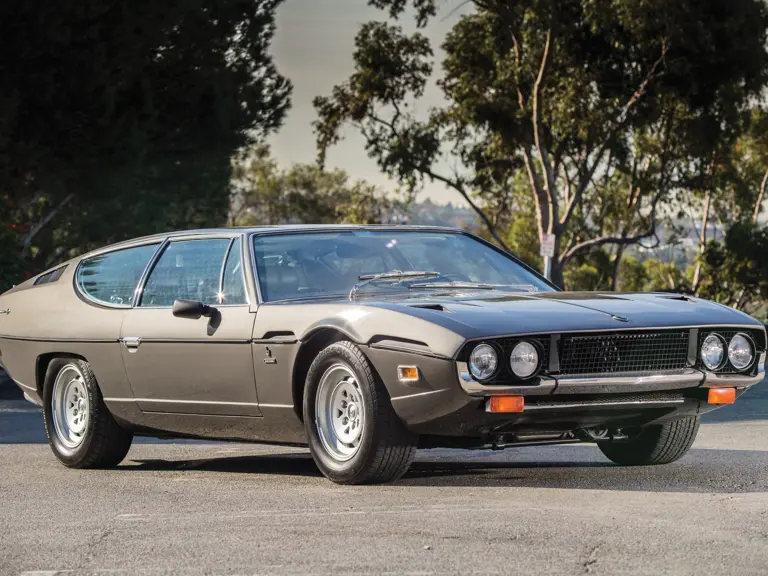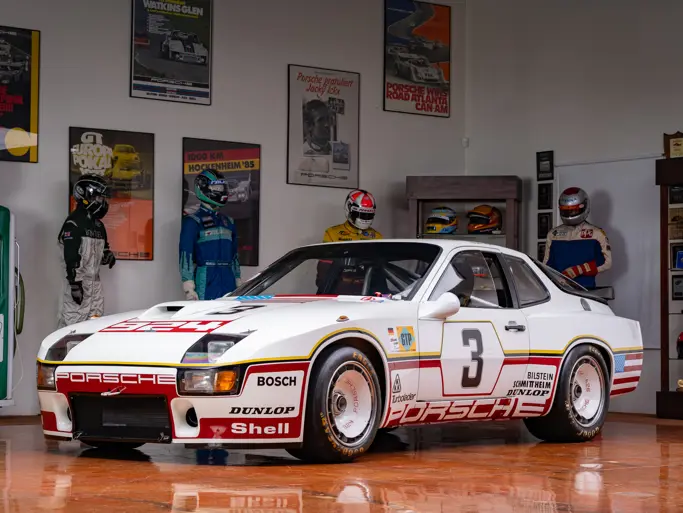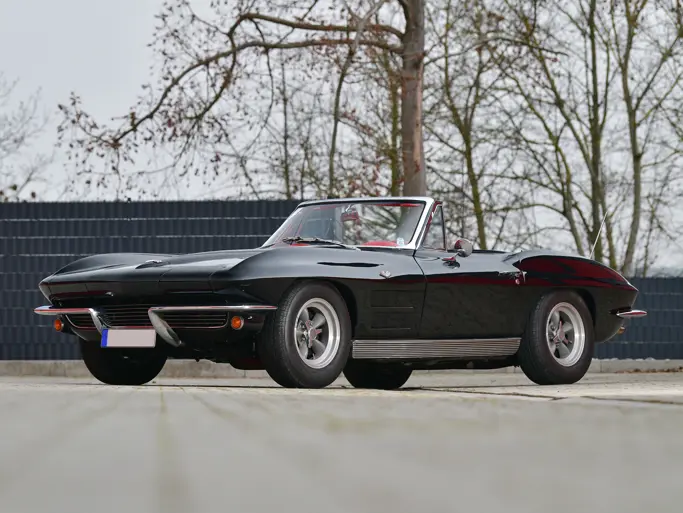
1973 Lamborghini Espada Series III by Bertone
{{lr.item.text}}
$97,900 USD | Sold
{{bidding.lot.reserveStatusFormatted}}
- 3,929-cc DOHC V-12 engine
- Five-speed manual gearbox
- Six Weber twin-choke carburetors
- Lamborghini’s iconic 1970s grand tourer
- One of only 483 Series III models produced
- A genuine four-passenger supercar
- Four wheel hydraulic disc brakes
- Recent mechanical service
In a world where exotic Italian cars are frequently competition bred, Lamborghini is the exception to the rule. Ferruccio Lamborghini was a tractor manufacturer. By the mid-1960s, he had a booming business in agricultural machinery and a sideline in oil heating equipment. He started building automobiles strictly as a hobby, and in 1963, he had a Bizzarrini-designed, 3.5-liter DOHC V-12 with six Weber carburetors that could develop 360 brake horsepower. By 1965, production of the Lamborghini GT, which was designed by Gian Paolo Dallara, had reached 200 units, and despite the fact that the company eschewed racing, it presented significant competition for Ferrari. The Miura, a transverse rear-engine model, was introduced at the November 1964 Turin Auto Show and 475 of them were built over the next four years.
For the 1968 Espada, however, Lamborghini returned to a longitudinal front engine with rear-wheel drive. The Espada was low and long, like its stable mates, and it used the same 3,929-cubic centimeter V-12 with six Weber carbs. The body, a four-seater coupe, was designed by Bertone’s Marcello Gandini and featured a huge windshield and long, curved rear quarter windows. A Series II Espada in 1970 featured more power and a new steering wheel, dashboard, and grille, along with vented brakes. The Series III was introduced at Turin in 1972, and by the time production ended in 1978, it had been uprated to 375 brake horsepower.
The Series III Espada shown here features the smaller chrome bumpers that are much-desired by collectors and its original Campagnolo wheels, as well as the “big” options of power steering and factory air conditioning. The car has been well-kept throughout after a body-on cosmetic restoration, and it shows only minor signs of use both inside and out, with light cracking on the hood. Overall, it presents as a well-maintained driver that has been used and enjoyed as its owners intended. The undercarriage and engine compartment are particularly clean and tidy, and the rubber door seals still appear fresh. Its interior, which shows only light use, is still original and unrestored.


 | Fort Lauderdale, Florida
| Fort Lauderdale, Florida


